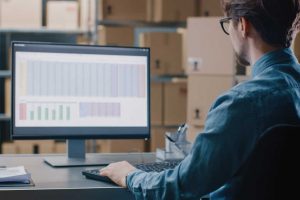 There are two important things any employee who moves for a new job and receives a relocation package as part of the job offer, should keep in mind:
There are two important things any employee who moves for a new job and receives a relocation package as part of the job offer, should keep in mind:
(1) Review the repayment obligation in your relocation package to make sure that it’s fairly drafted. Most relocation packages and sign-on bonuses include a repayment provision, also known as a “clawback” provision. An experienced employment attorney can go over it with you and discuss typical issues that arise with relocation packages, such as wanting or having to leave that job for one reason or another much sooner than expected, as well as negotiating the type of pro-rata repayment plan that will not hold you hostage till the very last day of the total repayment period.
(2) Do not rush to spend every dollar of your relocation package. There is just no way to know for sure how your new job that you are excited about is going to work out. There could be so many reasons why you would want to quit that job and /or even move back as soon as possible. If you receive a generous relocation package of say $50,000.00, you may only need $10k-$15k for your moving expenses. Hold on to the rest for at least while, until you are settled at your new job in the new city. This way, if you have to leave it all and move back, repaying your employer while you only spent a small part of that amount would be so much easier than if you hurry to spend all that amount right away. I would recommend waiting for at least 6 months after you move, before you touch the remainder of the relocation package that you didn’t have to spend when you moved.









